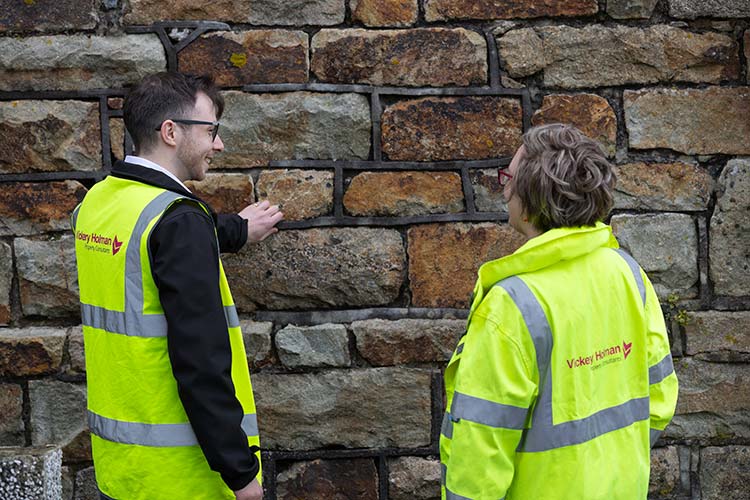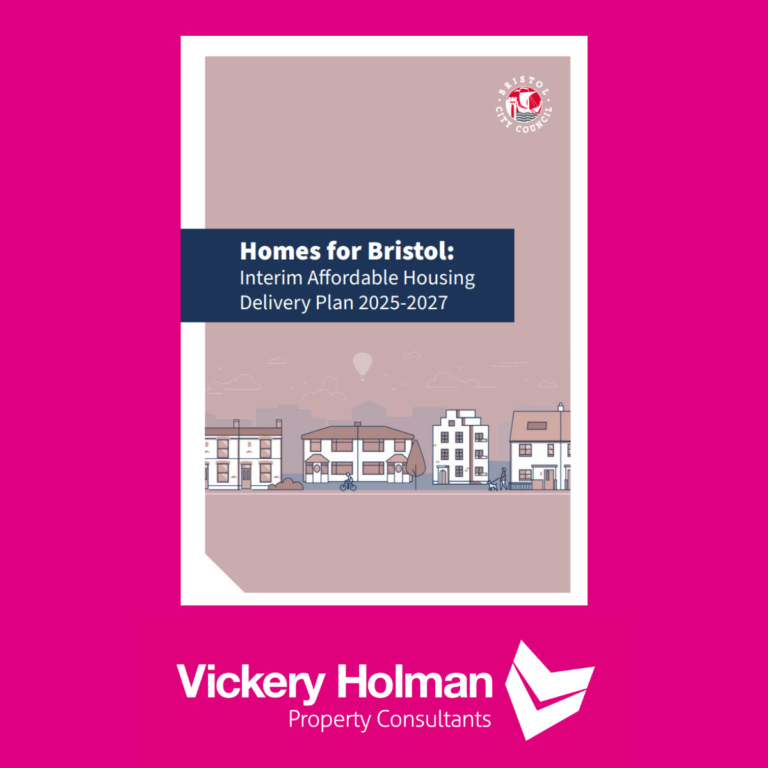Section 20 of the Landlord & Tenant Act 1985 (as amended by the Commonhold & Leasehold Reform Act 2002) sets out the three-stage consultation procedure with which to follow when carrying out qualifying works to your building where the contribution from any one lessee exceeds £250, or a qualifying long-term agreement where the contribution from any one lessee exceeds £100 in one financial year. If your Residents’ Management Company (RMC) is looking to carry out works, or enter into a long-term agreement of this nature, then consultation must take place with all lessees. If there is a Recognised Tenants’ (or Residents’) Association (RTA), then you must include them within your consultation.
Stage One
For qualifying works, under Section 20 you would be required to serve a “Notice of Intention to Carry Out Works” upon all lessees. The Notice must generally describe the proposed works, state the reasons for considering the proposed works, and invite leaseholders to make written observations within 30 days. The correspondence address for observations should be stated within the Notice as well. The importance of the Notice of Intention is that it offers lessees with the opportunity to provide the name of a contractor from whom the Landlord/RMC should try to obtain an estimate for the proposed works.
Stage Two
At the expiration of the 30-day consultation period, at least two estimates should be obtained: one of these estimates must be from a person completely independent of the Landlord/RMC. If nominations were made within the consultation period, then estimates should have been obtained from at least one of these nominations. The Landlord/RMC must then provide a “Statement of Estimates” which sets out the details of estimates that have been obtained and a summary of observations received within the consultation period. Any estimates that have been obtained must be available for inspection by the lessees, including estimates obtained from nominated contractors. A “Notice to Accompany the Statement of Estimates” must also be served in conjunction with the Statement of Estimates, which sets out the hours and place where details of the estimates may be inspected, inviting lessees to make written observations on the estimates within 30 days, specifying the address to which those observations should be sent.
Stage Three
If, at the expiration of the consultation period, the chosen contractor did not provide the lowest estimate, then a “Notice of Reasons” must be served upon all lessees. This essentially states the Landlord’s/RMC’s reasons for awarding the contract. It is worth noting that if a nominee is chosen to carry out the works, and they didn’t provide the lowest estimate, then although the requirements of Section 20 have been fulfilled, it would be prudent to serve a Notice of Reasons because that estimate could be tested for reasonableness by the Leasehold Valuation Tribunal (LVT) under Section 19 of the 1985 Landlord & Tenant Act.
For long-term agreements, the procedure is essentially the same, however Stage 2 is referred to as a Notice of Proposals. For instance, an agreement such as an intercom maintenance contract isn’t just about the cost of the maintenance, but the number of visits per year, frequency of visits, number of staff per visit, inclusions/exclusions of service etc.
If the consultation procedure is not followed correctly, and the Landlord/RMC is successfully challenged at the LVT, then the maximum amount recoverable from lessees under the service charge is £250 for major works and £100 for long-term agreements.




